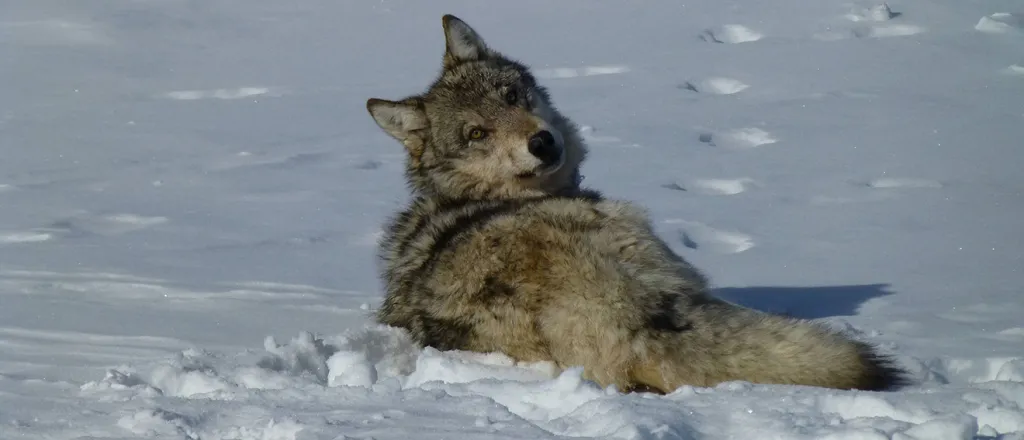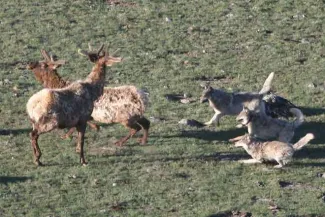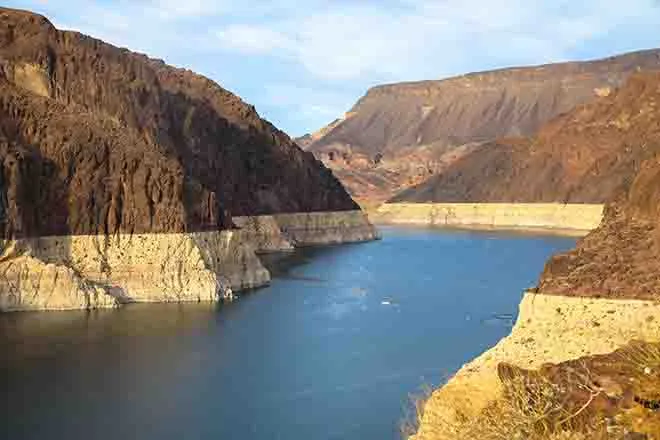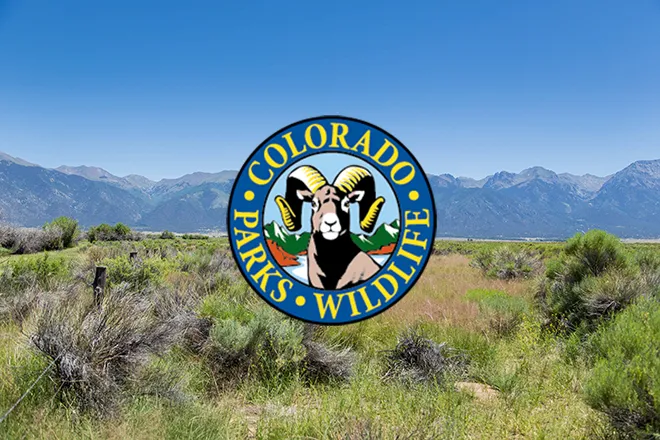
Colorado to capture Canadian wolves for second year of reintroduction program
(Colorado Newsline) The next group of gray wolves that Colorado’s wildlife agency will release in the state as part of a voter-approved reintroduction program will come from across the Canadian border.
Colorado Parks and Wildlife officials said Friday that they have reached an agreement with their counterparts in the province of British Columbia to capture and relocate up to 15 wolves to Colorado between December 2024 and March 2025.

Colorado Parks and Wildlife
“We are grateful to the B.C. Ministry of Water, Lands and Resource Stewardship for working with our agency on this critical next step in reintroducing gray wolves in the state,” CPW Director Jeff Davis said in a statement. “Their willingness and ability to work with another jurisdiction to support our conservation priorities, as they have in past translocation efforts, demonstrates their long-shared commitment to seeing this species succeed.”
CPW looked to Canada for a source population of gray wolves after a previous agreement with the Confederated Tribes of the Colville Nation in the state of Washington fell through. Canadian gray wolves are the same species as those present in Colorado and other states in the western U.S., though the CPW wolf conservation program manager, Eric Odell, said that the animals will “provide additional genetic diversity to our state’s small but growing wolf population.”
A total of 10 reintroduced wolves captured in Oregon, including the two adults that formed the Copper Creek pack, were released in Grand and Summit counties in December 2023, and have ranged widely in the mountains north of the Interstate 70 corridor since then. The state’s reintroduction plan calls for annual winter releases of 10 to 15 wolves per year over the next three to five years, with an initial target of a stable population of at least 50 animals within the state.
Achieving a self-sustaining population of wolves will require several waves of translocation.
– Rob Edward, president of the Rocky Mountain Wolf Project.
“Achieving a self-sustaining population of wolves will require several waves of translocation,” said Rob Edward, president of the Rocky Mountain Wolf Project. “Today’s announcement underscores the state’s commitment to conservation, and the will of the voters.”
Like last year in Oregon, Colorado will be responsible for all costs associated with capture operations in B.C. Pursuant to the state’s reintroduction plan, wildlife agents will avoid relocating wolves with major injuries or diseases, or those from packs that “are currently involved in situations of repeated livestock depredations.”
“We learned a great deal from last year’s successful capture and transport efforts and will apply those lessons this year as we work to establish a self-sustaining wolf population in Colorado,” Odell said in a statement.
Livestock depredations
Friday’s announcement followed weeks of controversy over the Copper Creek pack, the first breeding pack to be established in Colorado as part of the state’s restoration efforts. Following a series of livestock depredations in and around the Middle Park area, the two adults and four pups that made up the pack were captured beginning in late August. The adult male wolf, which CPW officials said had sustained serious injuries prior to its capture, died after several days in captivity. The remaining animals are being held in an enclosure, and the agency plans to release them back into the wild at a later date.

Wolves hunting elk in the Rocky Mountains. Courtesy National Park Service.
The repeated livestock depredations and removal of the Copper Creek pack followed years of concerns about wolf reintroduction expressed by Colorado’s ranching industry. But wildlife advocates have said that CPW’s decision was “driven by politics” and could have been avoided by proper application of nonlethal conflict management tools.
“To help ensure these wolves have the best chance at successful reintroduction, CPW must act on lessons learned from this year, specifically, prioritizing rules requiring all agency-recommended nonlethal conflict measures be exhausted before considering any lethal removal or relocation of wolves,” said Michael Saul, Rockies and Plains program director for the advocacy group Defenders of Wildlife. “When employed correctly, appropriate nonlethal tools and strategies can effectively minimize wolf-livestock conflicts and prevent relocation or lethal removal.”
Colorado Newsline is part of States Newsroom, a nonprofit news network supported by grants and a coalition of donors as a 501c(3) public charity. Colorado Newsline maintains editorial independence. Contact Editor Quentin Young for questions: info@coloradonewsline.com. Follow Colorado Newsline on Facebook and X.

















